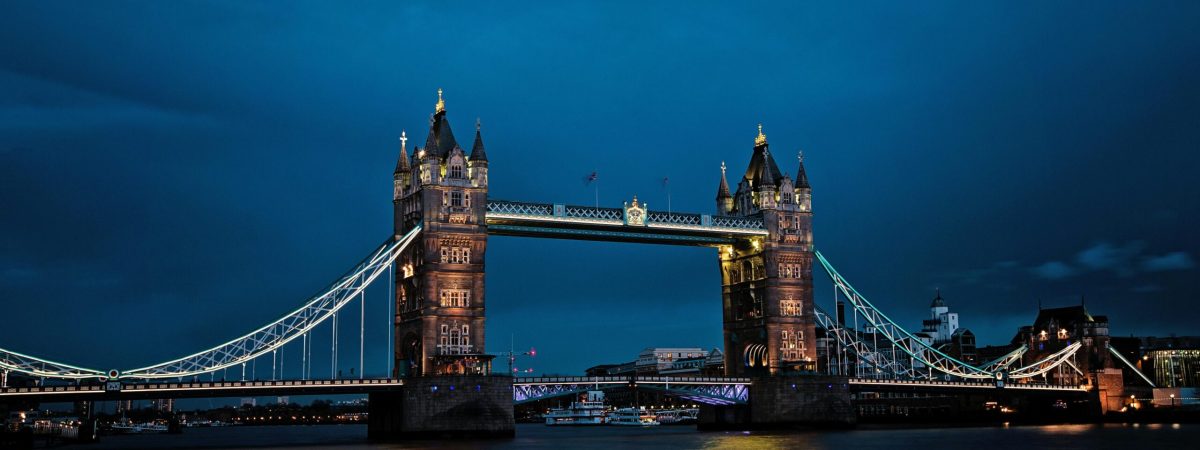
At A1 MBA Consultant and our competitors, the United States and the United Kingdom are among the two most sought-after study destinations for our Master of Business Administration applicants. This comes as no surprise to those in the know, as American and British universities occupy 15 of the top 20 spots in the 2024 QS Global MBA Rankings and 19 of the top 30 spots in the Financial Times 2024 MBA Rank.
However, our application team often notices that applicants aren’t fully aware of just how different MBA programs in these two countries can be in terms of their duration/structure, curriculum, potential career outcomes and, especially, costs.
To address this, we’ve created the following article to offer a concise but detailed explanation of how and why American and British MBAs differ and help you decide which country provides you with the best opportunities for your academic and professional career.
Duration and Structure of Top-Ranked US and British MBA Programs
One of the most noticeable differences between American and British MBA programs is their duration.
In the United States, MBA programs traditionally span two years. This structure allows students to explore a wide range of electives, engage in internships, and develop a deep understanding of business fundamentals. The two-year format is also popular among those looking to switch careers, as it provides ample time for a summer internship, which can be pivotal in securing a job post-graduation.
In contrast, British MBA programs typically last one year. The one-year format is intensive, condensing the same core learning as the American alternative into a shorter period. This appeals to students looking to minimize time away from the workforce and reduce the opportunity cost of not earning a salary. The accelerated pace demands high levels of commitment and efficiency from students, often resulting in a more focused and streamlined experience.
Curriculum of US vs. British MBA Programs
The curriculum of MBA programs in the United States and the United Kingdom also differs significantly, reflecting the educational philosophies of each region.
At top American MBA programs, the first year often focuses on building a foundation in core business disciplines such as finance, marketing, accounting, and operations. The second year is typically more flexible, allowing students to specialize in areas of interest through elective courses. This structure encourages a broad understanding of business, with the opportunity to delve deeper into specific areas.
With their shorter duration, elite British MBA programs integrate core and elective courses more tightly. From the outset, students are exposed to a mix of core disciplines and specialized subjects. This approach ensures that even within a shorter time frame, students gain a comprehensive understanding of business while developing expertise in chosen areas. Additionally, British programs often emphasize global business perspectives, reflecting the UK’s historical and economic ties to diverse international markets.
Both US and British programs offer experiential learning opportunities, such as consulting projects and internships. However, US programs often have more extensive networking events and career services due to their longer duration, which can be beneficial for building connections in the industry.
Cost of US and British MBA Programs
The cost of an MBA program is a crucial factor for many prospective students.
Generally, American MBA programs are more expensive than their British counterparts. Tuition fees for top US MBA programs can range from $60,000 to $100,000 annually, not including living expenses. The two-year duration further increases the total cost, as students must account for an additional year of living expenses and potentially foregone salary.
In the UK, the shorter one-year program duration significantly reduces costs. Tuition fees for leading British MBA programs generally range from £40,000 to £70,000. Although living expenses in cities like London can be high, the overall cost of attending a British MBA program is often lower than that of a US program, primarily due to the shorter duration. Moreover, the UK offers international students a wider range of scholarships and financial aid options than the United States, which can further alleviate financial burdens.
Common Jobs for MBA Graduates in the United States and United Kingdom and Their Average Salaries
The career outcomes and average salaries for MBA graduates can vary significantly between the United States and the United Kingdom, influenced by market conditions and industry demands in each region.
In the United States, MBA graduates commonly find employment in finance, consulting, technology, and healthcare sectors. Roles such as management consultants, investment bankers, product managers, and financial analysts are particularly popular. According to recent data, the average starting salary for MBA graduates in the US ranges from $100,000 to $150,000, with some industries and roles offering even higher compensation packages.
In the United Kingdom, MBA graduates also frequently enter consulting and finance, but there is a strong emphasis on roles in international business and trade, given the UK’s proximity to continental Europe. Additionally, sectors such as energy, technology, and media are significant employers. The average starting salary for MBA graduates in the UK is slightly lower than in the US, typically ranging from £50,000 to £100,000. However, London and other major UK cities offer competitive salaries and excellent networking opportunities, particularly in finance and consulting.
Both countries offer robust career services and alumni networks, which are invaluable for job placement and career advancement. However, the US often provides more diverse job opportunities due to its larger market size and economic diversity.
The Best Option for YOU
American MBA programs are known for their extensive, in-depth approach, which may come at a higher cost but offer a broader network and more diverse career opportunities. In contrast, British programs, with their shorter, intensive structure, provide a global perspective that is highly attractive at a lower overall cost.
Ultimately, the best choice for you and your future depends on your career goals, financial considerations, and personal preferences regarding study duration and program focus. Regardless of the choice, top MBAs in both countries offer excellent opportunities for personal and professional growth in the global business landscape.
